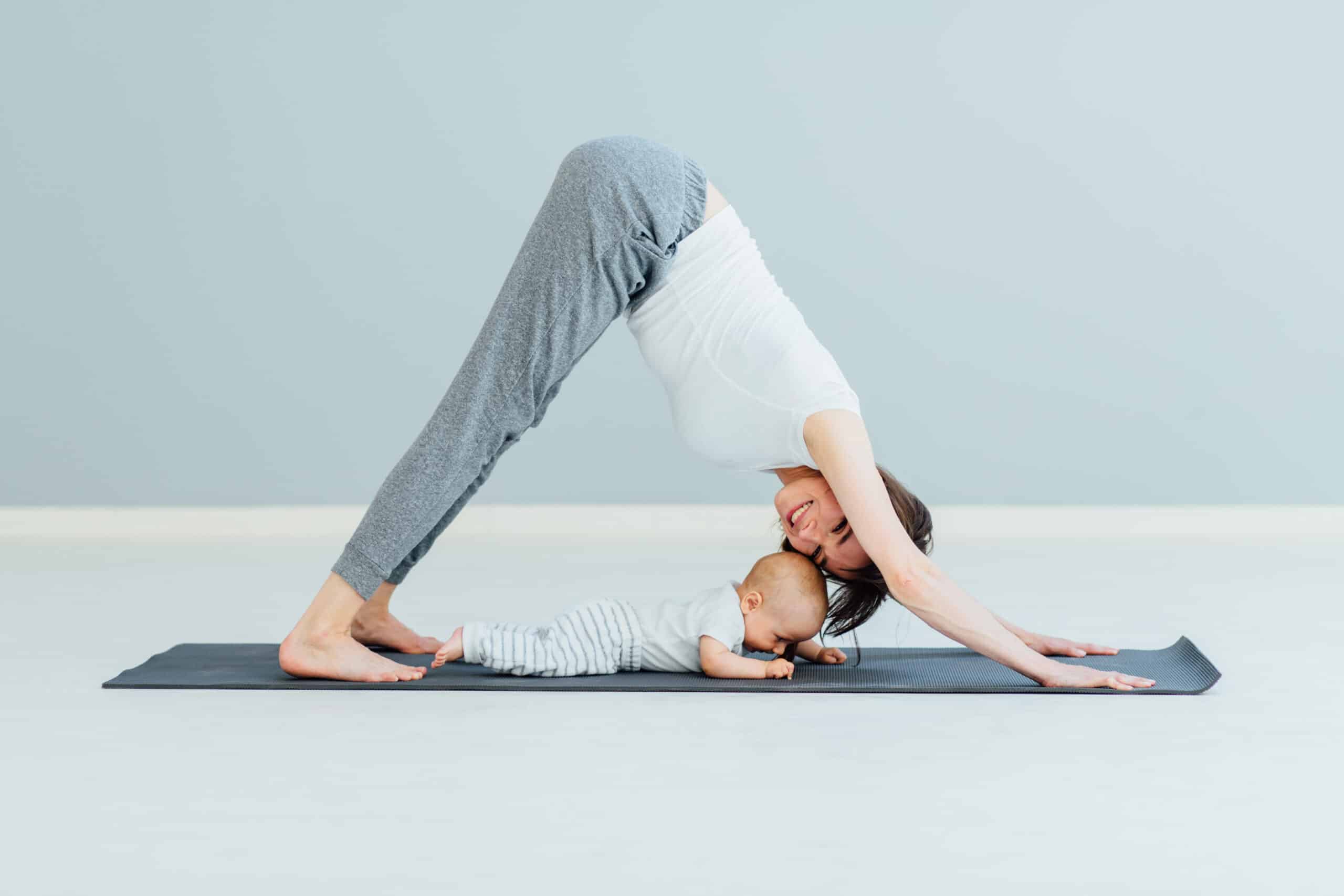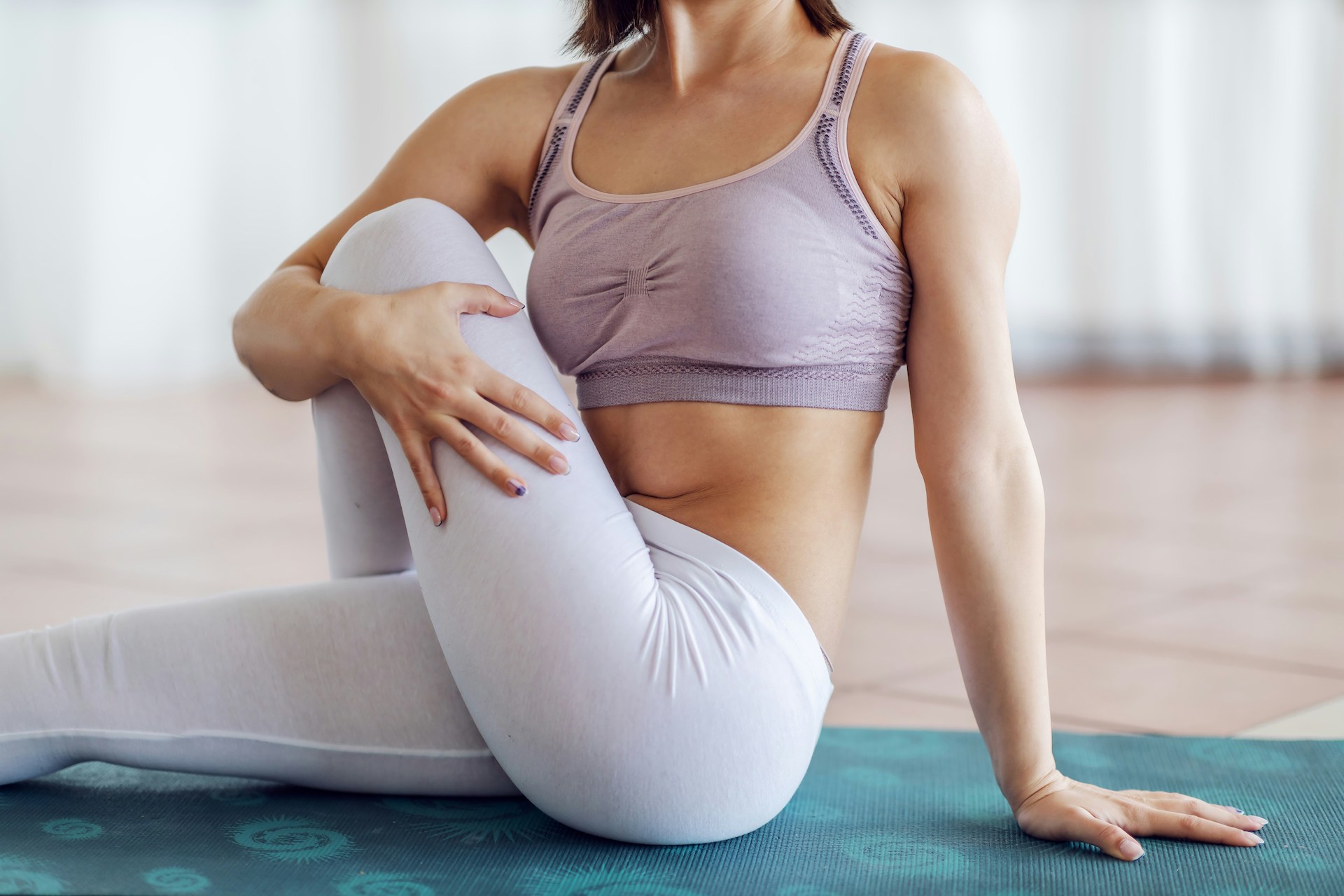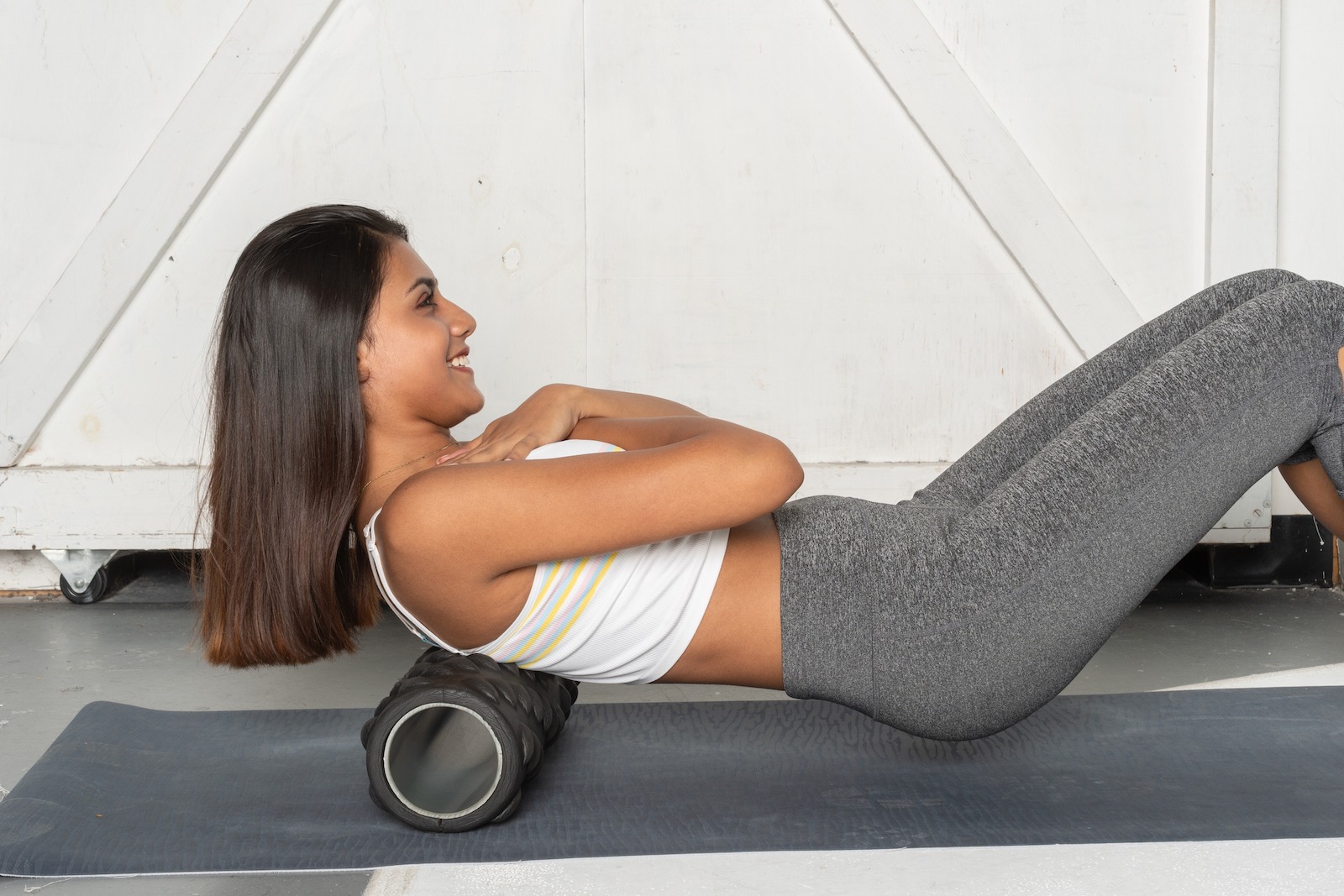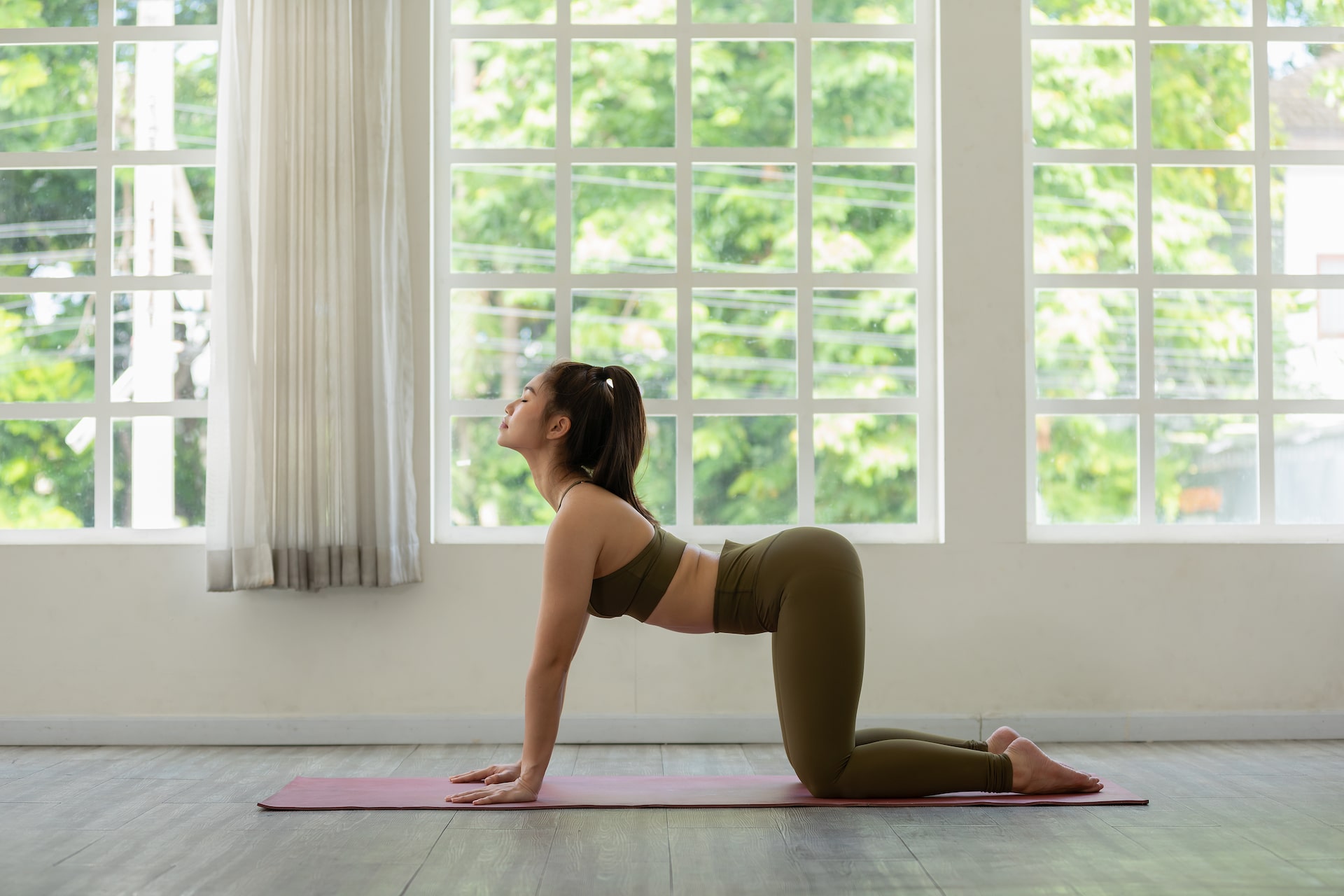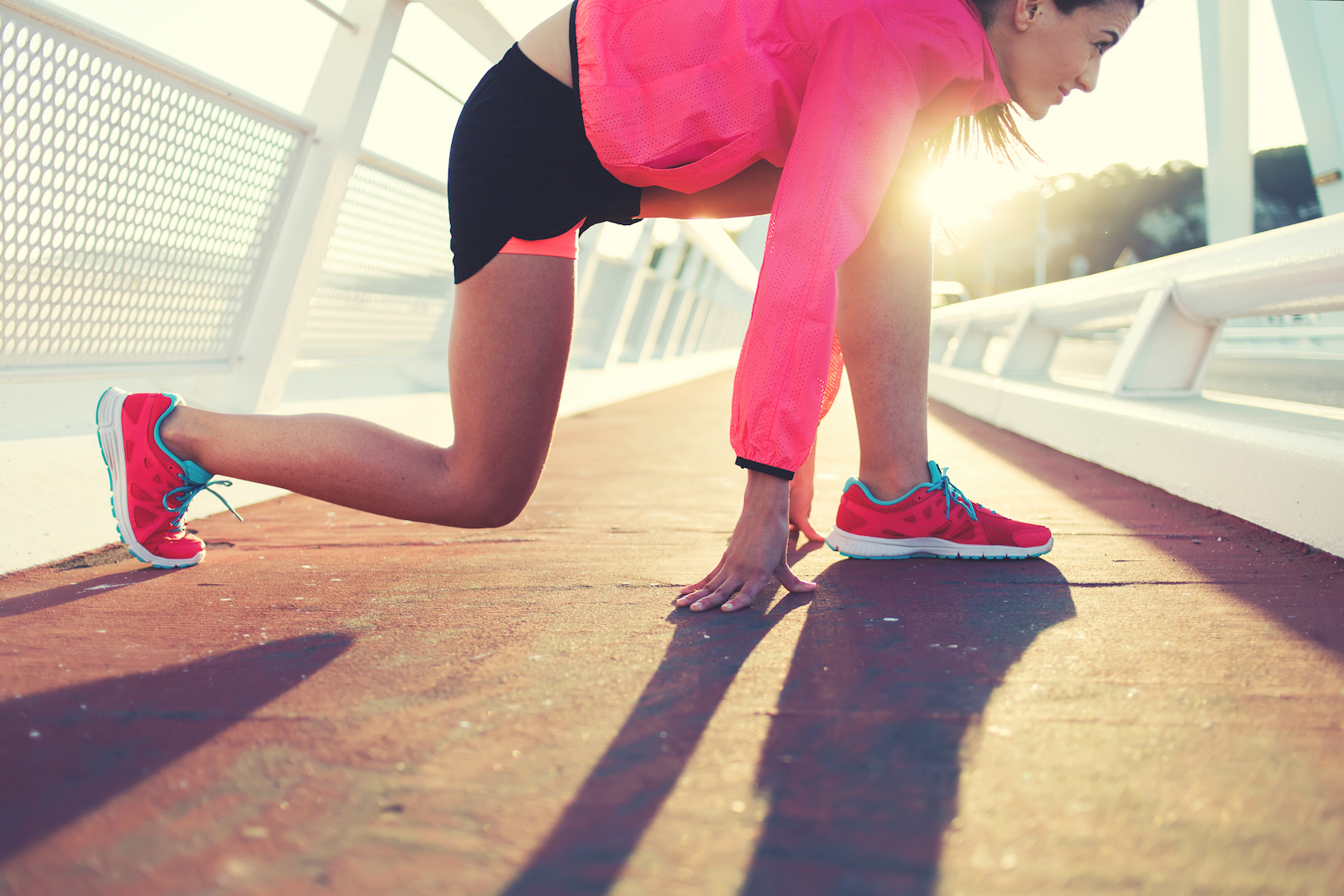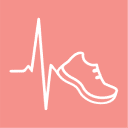 Sweat Often
Sweat Often  Top Trainers
Top Trainers  Workout Tips
Workout Tips
All You Need to Know About Active Recovery Days
By Hayley BakerHome » Sweat Often » All You Need to Know About Active Recovery Days
You’ve laced up and worked out for the past 3 to 4 days (or maybe 5, you overachiever!) and are feeling strong and proud (as you should!) You want to keep that momentum going, but you’ve heard that rest days are important to allow your body to recover from exercise and prevent injuries. We’re here to tell you that there are different types of recovery days—active and passive—to incorporate into your workout schedule depending on your needs.
Not sure which you should be doing (or what they are exactly)? No worries! We’re breaking it down so you can keep pushing yourself toward your fitness goals…safely.
ACTIVE VS. PASSIVE
Active recovery exercise, sometimes called de-load, is defined as doing light physical activity that is less intense than your regular training regime. It has multiple benefits such as reducing lactic acid build up in muscles, keeping muscles flexible and eliminating toxins. This allows you to address any restricted areas within your body such as poor ankle and hip mobility as well as allowing you to maintain your regular training regime with the aim to progress your athletic performance.
Passive recovery days, often referred to as rest days, are defined by your body being at complete rest. Rest days are as equally important as training days because they allow your muscles to repair. They also benefit you mentally because you can switch off in order that you come back focused and reinvigorated for the next training session. Passive recovery days are also important in the initial stages of the injury recovery process.
Both active and passive recovery days have their benefits, and which one you choose will depend on how you are feeling both physically and mentally. If you’re feeling mentally or physically fatigued, take a passive recovery day. However, if you’re feeling as though you could do with some movement to get you going and reframe your mindset for the day, take an active recovery day! Incorporating both active and passive methods into a training plan is vital to a successful active lifestyle.
Remember, these sessions are not designed to exert yourself, so do not be tempted to overwork yourself once you get going!
TOP ACTIVE RECOVERY ACTIVITIES
Swimming
Swimming can help to enhance your athletic performance by reducing muscle tissue inflammation from previous training sessions. It’s low impact, easy on your joints, and feels good on your body.
Walking outdoors
Going for a walk is one of the best and easiest ways to move. Walking helps improve blood circulation, gets your heart rate up, and loosens up your joints. You don’t need any equipment, and it can be done anywhere. Being outdoors in nature will also help to reduce stress levels, provide you with a good sense of wellbeing, and it’s bound to improve your mood.
Low impact cycling
Cycling is another great way to exercise on your active recovery day. Cycling is easy on your joints, will get your heart rate up, and can be an enjoyable outdoor activity with friends or family.
Myofascial release using a foam roller
Foam rolling can help to improve your posture and alignment by relieving any pain you may have from overworked and tight muscles. It will also help to break up scar adhesions, aid in recovery, and can accelerate the healing process if you’re injured.
Yoga & Tai Chi
Restorative yoga is one of my favorite ways to help maintain optimal performance and recovery. Yoga can help to soothe the nervous system by activating the parasympathetic nervous system and take you away from the regular fight or flight stress response. Both yoga and Tai Chi can help you to connect to your mind and body on a deeper level and bring a greater understanding of your spatial awareness, technique, and placement.
Bio-individuality should be considered when deciding how long each recovery session should be or whether it is more appropriate to take a passive recovery day.
You may thrive and feel rejuvenated after completing a 50-minute restorative yoga class, but another individual may benefit from a 20-minute walk outdoors. Listen to your body and discover what feels right for you.
(photo credit: Shutterstock)
Hayley Baker - Holistic Recovery Specialist
RECENT ARTICLES

Want a sneak peek inside the program?
Get FREE access to some of the core training materials that make up our signature program – Become a Nutrition Coach.
Get Access"*" indicates required fields

